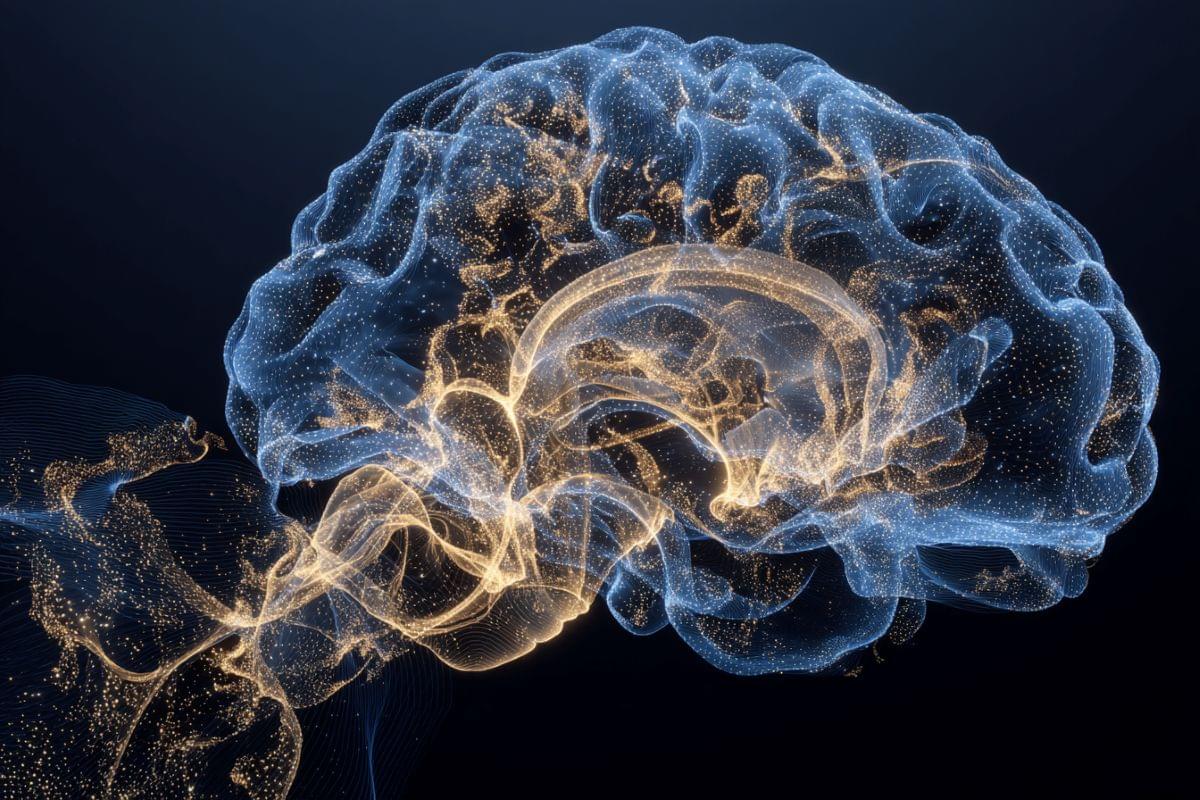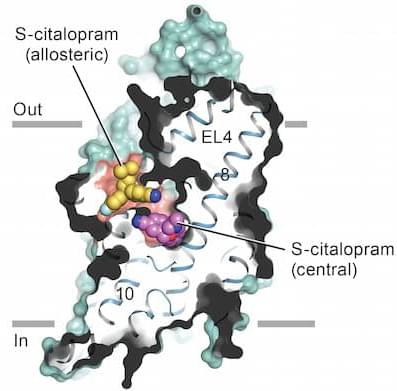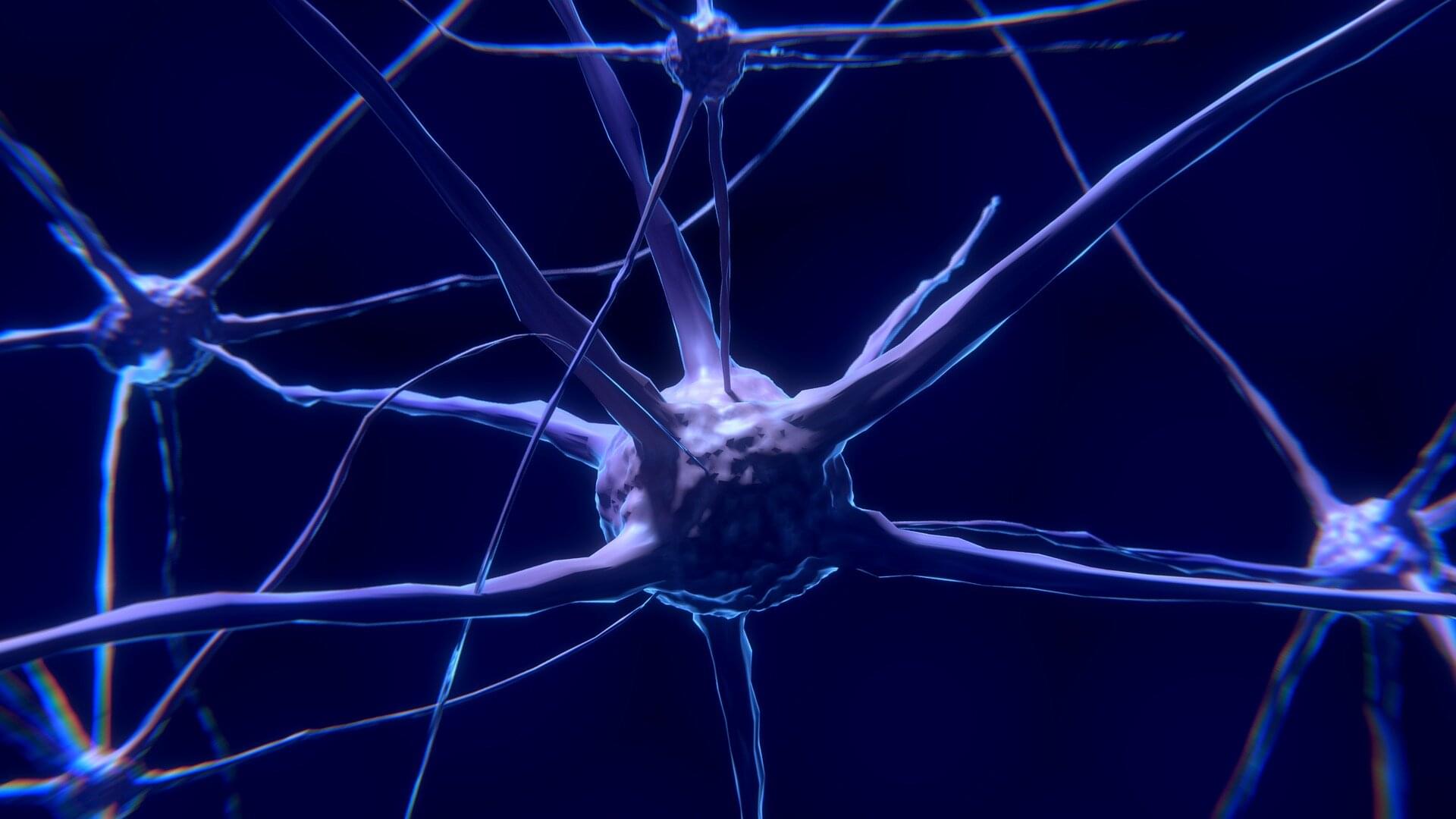A strand of hair might seem like an unlikely window into a child’s psychological wellbeing, but new research from the University of Waterloo suggests that measuring stress hormones in hair samples could help identify which children with chronic illnesses are most at risk for developing serious mental health problems.
The four-year study of 244 Canadian children reveals a concerning pattern: more than two-thirds of kids living with chronic physical conditions showed persistently elevated levels of cortisol, the body’s primary stress hormone, measured through their hair. These children also displayed more symptoms of depression, anxiety, and behavioral problems compared to peers whose stress levels naturally declined over time.








